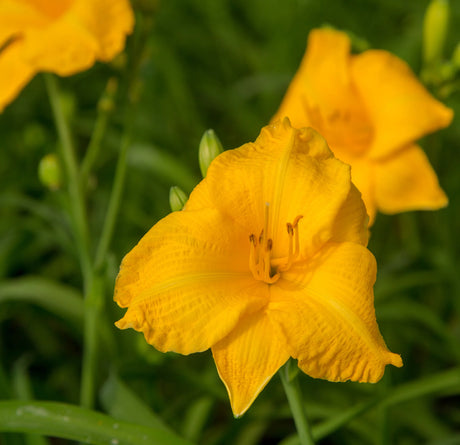FiltersFilter & Sort
Southern Living Plant Collection
$19.99Unit price /UnavailableIn stock (794)- Sold out
- Sold out
Daylilies are a popular perennial plant that can add vibrant color and texture to any garden or landscape. Here are some reasons why you should consider adding these flowering perennials to your garden and how to grow them successfully:
Reasons to Have Daylilies in Your Garden
- Wide Range of Colors: They come in a wide range of colors, including shades of pink, orange, yellow, red, and white, making them a great choice for adding bold color to your garden.
- Low Maintenance: They are low-maintenance plants that are easy to grow and care for. They require minimal pruning and deadheading, and can tolerate a range of soil and environmental conditions.
- Long-Lasting Blooms: They typically bloom from early summer to fall, providing a long-lasting source of color and beauty to your garden.
- Versatile: They are versatile plants that can be grown in a range of settings, including garden beds, borders, and containers. They are also great for adding texture and visual interest to pathways and walkways.
- Soil: They prefer well-draining soil that is rich in organic matter. If your soil is heavy, add some sand or gravel to improve drainage.
- Sunlight: Daylilies prefer full sun, but can also tolerate partial shade. Make sure to plant them in an area that gets at least six hours of direct sunlight per day.
- Watering: They are drought-tolerant plants that prefer to be kept on the drier side. Water only when the top inch of soil is dry, and avoid overwatering to prevent root rot.
- Fertilizer: Daylilies do not require much fertilizer, but can benefit from a balanced, slow-release fertilizer applied once in the spring.
- Pruning: Deadhead them regularly to encourage more blooms throughout the growing season. Cut back the foliage to the ground in the fall to promote healthy growth in the following year.
- Pests and Diseases: Daylilies are generally pest and disease-resistant, but can be susceptible to crown rot if overwatered. Keep the foliage dry and provide good air circulation to prevent this disease.



































